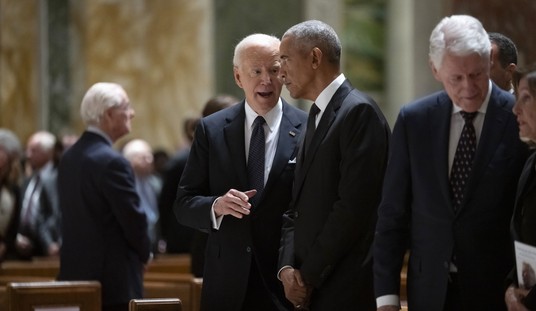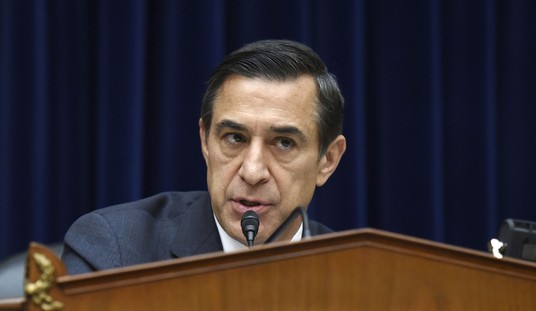There are two types of coffee drinkers: casual and extremely particular.
Regardless which type you are, you might want to know how climate change impacts coffee production.
The media tell us coffee plants are dying because of climate change. Time magazine, for example published an article titled, “Your Morning Cup of Coffee Is in Danger. Can the Industry Adapt in Time?” It quoted Howard Schultz, former chairman and CEO of Starbucks, as putting “climate change” high among the company’s “long-term challenges.”
Well, the bad news is that some weather events can kill coffee plants. The good news is that it is not because of warming but because of cooling. Here’s a look into the climate aspect of coffee production, and what really kills the beans that make your coffee.
Coffee Production and Warming Climate
Robusta and Arabica coffee varieties are the two most used. Arabica holds a larger global market share, accounting or 75% of all coffee production in the world.
As per the International Coffee Organization, “in the twelve months ending May 2021, exports of Arabica totaled 81.9 million bags” and “Robusta exports amounted to 47.33 million bags”— both numbers higher than 2020.
Arabica coffee is the most popular in the United States, and Brazil is its largest producer. 40% of all global Arabica comes from Brazil, while Colombia and Ethiopia also constitute a significant share. Meanwhile, countries like Uganda, Vietnam, and Indonesia are known for their Robusta.
Recommended
The media say our coffee plants are doomed because of an increase in global temperatures. However, the claim that warming is killing coffee plants is false.Contrary to media lamentation, a warming climate has helped coffee production across the globe.
Despite the media’s best efforts to paint a false picture, the truth on global warming and coffee production still exists in the real world and can be readily accessed with a little research.
Statista’s coffee production data for the period 2003–2020 show that production has increased steadily during the course of last two decades. Crop Year Production statistics reveal that between 2017 and 2020, both Arabica and Robusta production increased globally. Brazil registered an 18% increase in coffee crop production between 2019 and 2020.
But there is something that does kill our coffee crops, and that is cold weather.
Cold Weather: The Real Killer
Coffee could become more expensive in 2022, not because of higher demand but because of a shortfall in production due to the killer cold weather in Brazil that wiped out many coffee crops.
Yes, cold weather is the real threat, not just for coffee plants but other cereals and food crops across the globe. This year was particularly devastating, with France facing its biggest agricultural disaster in recent memory and losing more than 90% of vineyards in regions like Bordeaux to extreme cold weather.
Back in Brazil and Paraguay, a severe cold front during June and July meant some farmers experienced as much as 90% shortfall in production. The coffee plantations were the worst affected.
A Bloomberg report indicates that “The frost on July 20 probably erased 3.45 million bags of output in just the south of Minas Gerais, the nation’s main coffee-growing region.” The Brazilian government believes July “frosts alone had affected 150,000 to 200,000 hectares (370,000–490,000 acres), about 11% of the country's total arabica crop area.”
Brazil being a global leader (for both Arabica and Robusta), the killer cold weather’s repercussions will be felt in the global market. Coffee prices have now reached a 7-year high, and that is mainly because of Brazil’s cold weather.
“Prices for the high-end beans favored by Starbucks Corp. and other cafe chains have surged more than 30% in a week, and will eventually top $3 a pound,” accordingto an industry consultant. Coffee prices in Brazil have doubled between December 2020 and July 2021, and local roasters believe it will rise further.
So, if you are a coffee grower, you want to beware of cold weather, not hot. As for coffee drinkers and coffee sellers, the media’s spin on climate could mislead us into imagining that all is going bad because of global warming. That’s not so.
The warming in the last two decades poses no threat to our coffee, and growers across the globe consistently increased production. However, be ready to shell out more for your coffee later this year, if your local coffee shop passes on the cold weather-induced price rise to your wallet.
Vijay Jayaraj (M.Sc., Environmental Science, University of East Anglia, England), is a Research Contributor for the Cornwall Alliance for the Stewardship of Creation and resides in Bengaluru, India.

























Join the conversation as a VIP Member